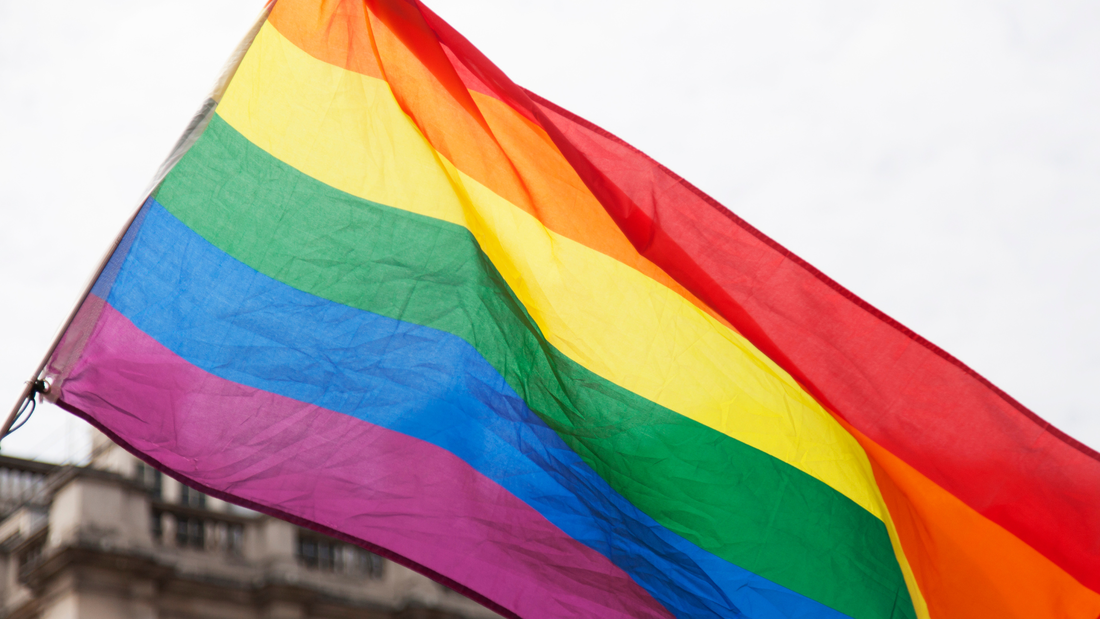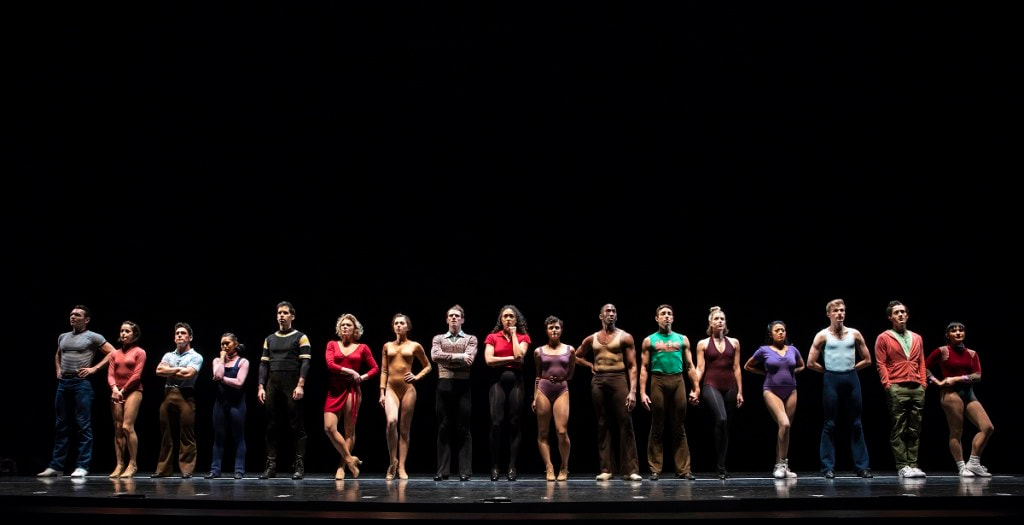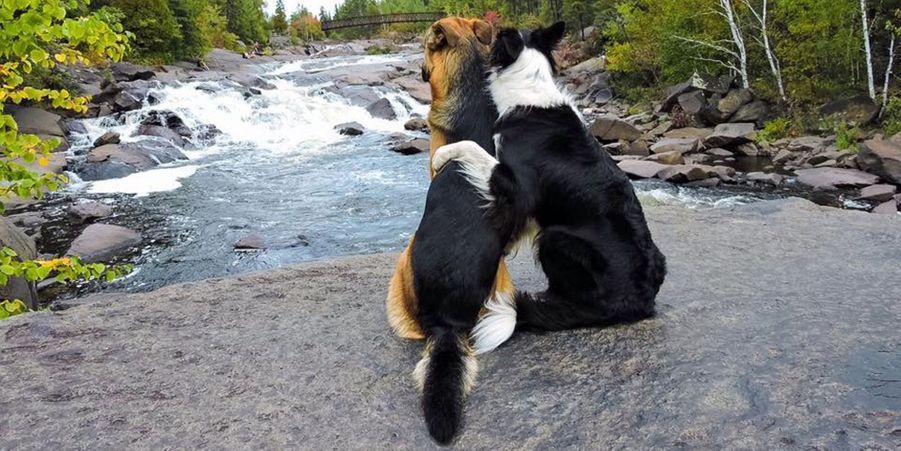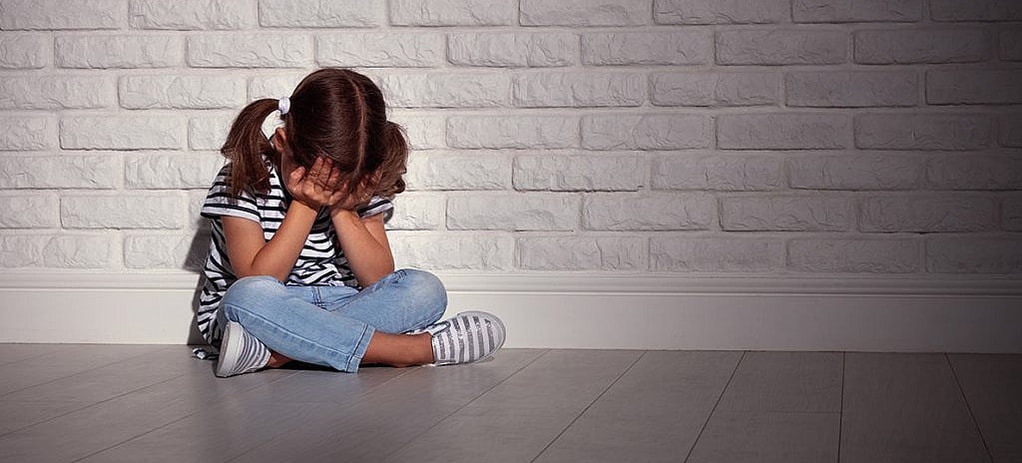There is a sharp divide between those who seek to do this (produce something of actual quality and value), often quietly and far in the background of major events, and the exalted influencers of today, those who revel in their ability to execute what they espy as exceptional (but that this writer sees more often as sophomoric), such as “playing the top ten songs on the radio using only four chords,” or “re-harmonizing the Beatles’ masterpiece ‘Hey Jude’.” One might argue that none of these bring benefit to humanity, and one might be right. These are activities that bring aggrandizement to the ego and self-image of their performer, and little else. I have very little time for this, which likely means I have very little time for 95% of the developed world’s Gross Creative Output aka GCP.
The editor, on the other hand, if they’re being true to themselves, wants the book able to be enjoyed by as many eyes as possible. As such, they go through the text and make changes to meet this criteria, and in doing so, may in fact alter the book in a manner such as to move it away from the writer’s perfect version of the manuscript, thus creating conflict between the two individuals’ visions.
The publisher, he went on to say, if they’re being true to themselves, wants to sell as many copies as possible—they don’t care how authentic the manuscript is, nor do they particularly care about the readers’ experience, so long as they can sell enough copies to have made the investment in the project worthwhile, so they create a spanking, shiny cover (which the editor might hate) and find celebrities (whom the writer might hate) to write praise for it on the opening pages. They get the writer on talk shows (which the writer, perhaps an introvert, hates doing), and they make available an audio book version (hiring a famous actor, and director, to interpret it, thus negating all the work that the editor did).
These three goals are in direct conflict with one another, yet done in the correct order they create a synergy and a process via which an idea goes from nothing to success.
Of course, as with anything, there are ups and downs.
For better or for worse, the old way, with its editors and publishers, was equipped with a built-in system of appraisal; at least two sets of eyes (and likely many more) other than the writer’s would read the manuscript and decide whether it was a worthwhile project to invest time and money into. On one hand, this might mean that many books (films, music, etc.) that were ahead of their time or in other ways risky might have been passed over, but on the other hand, these eyes could act as a sort of filtering system, only allowing through content with something (they believed was) meaningful and valuable to say.
So what is there left for the real craftspeople in this new frontier of ready-made, boil-in-the-bag ersatz creativity? I’d like to think that, for them, remembering that there was a time before machines started making chairs and tables and silverware, that these now-commodified goods were once produced painstakingly by passionate and proficient women and men. There will always be space for quality and value—remember this. Just because Ikea exists doesn’t mean that the hunger for beautiful and personal hand-made furniture has abated.
We the conscious artisans of the world must hold on to this, this faith in higher humanity. We must not succumb to what the sellers of slick and synthetic would have us believe, that the success of their new reality should see us surrender to second-class citizenry in the creative landscape.
I end this year, this back-breaking year of love, labor, and deep loss, with a blessing. To quote (or rather paraphrase) the Jester himself:
May you grow up to be righteous,
May you grow up to be true,
May you always see the light and know the truth surrounding you,
May you always be courageous,
May your song always be sung,
May you stay forever young,
May you stay forever young.
Travel safe and talk soon.














































 RSS Feed
RSS Feed
